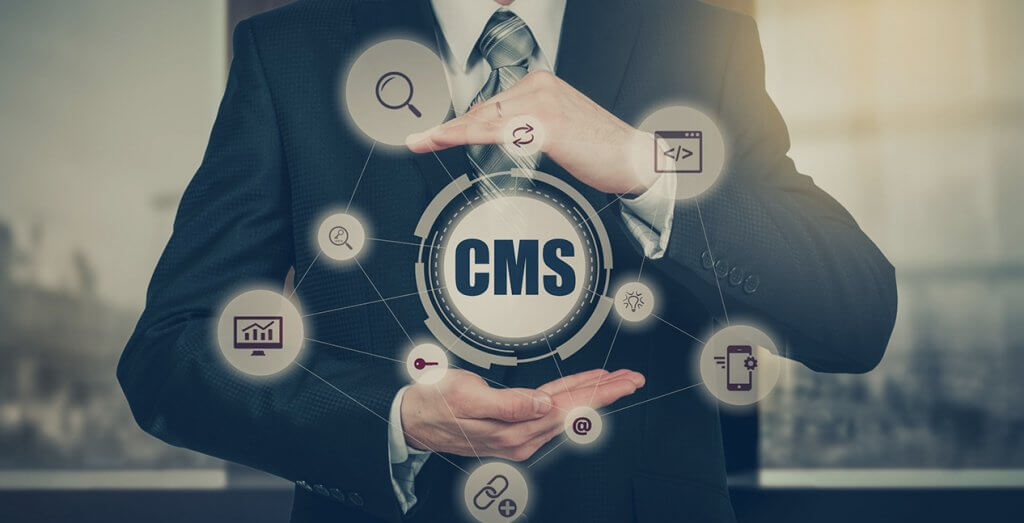Intro
Switching from a traditional CMS to Headless CMS is a contentious question for people who have gotten comfortable with the ways traditional CMS works. It is because people fear risking their investment in a product they aren’t confident about. However, now that the businesses need to be omnipresent they need a platform that could engage their customers at all levels. And for that, they require a system that could easily manage the voluminous content which could be handled through a single and simplified back-end. Also, with that quantity of content that businesses need to produce these days, relying on developers for every single modification is out of the question.
Thus, for changing digital transformation strategies, business owners are now seeking various CMS that can manage content on all platforms. This is the reason why one must choose the right CMS. So, to understand that, you should know why and when one must switch from the traditional CMS.
What is Traditional CMS?
For your understanding, traditional CMS is a coupled CMS that has both front-end and back-end connected directly for content management. Thus, any changes made to the backend are reflected quickly on the front-end without many configurations. The backend contains code and plug-ins to manage content whereas the front end has CSS in addition to built-in theme templates which are utilized to push content.
What is a Headless CMS?
The headless content management system is a back-end-only CMS that lacks a presentation layer. However, the content and data are retrieved through API which can be delivered to multiple devices using the single backend. Moreover, making changes or modifications to one channel doesn’t affect the rest of the system. Having a single backend gives the flexibility to customize information as per the requirement.
Headless Vs Traditional CMS
| Traditional CMS | Headless CMS | |
| Architecture | Backend+Frontend | Backend+API(Microservice) |
| Functions | Allows content addition, editing, storage, management, and publishing | Allows content storage, addition, and management |
| Compatible platforms | Website | Multiple platforms |
| Flexibility | Not developer-friendly | Developer friendly |
| Scalability | Less (only on website) | High |
| Future-proof | No | Yes |
| Maintenance | Low | High |
| Cost | Low | High |
Though many businesses still go with the traditional CMS, the recent advancement in technology has made it imperative for businesses to enhance their market presence. And, this is only possible by choosing the Headless CMS. If you are already working on traditional CMS but have no inkling when you should move to Headless CMS, here are some clues.
When Should You Move to Headless CMS?
Publishing of content takes longer
If the CMS you are using takes longer to publish content than expected, it’s time to move to Headless CMS. New-age content management systems have advanced features that accelerate the publishing process. For instance, a good UI flexibility offered by Headless CMS enables the creation of highly responsive landing pages with more intuitive content management on each page.
Limitation of Marketing Tools
Does your CMS lack marketing tools like SEO, automation, analytics, etc and doesn’t have the ability to integrate as well? It is time to switch to a more reliable and robust CMS that caters to the future demands of the customers.
Lack of Flexibility and Scalability
A common problem that is often seen with outdated CMSs is they don’t allow continuous modifications and implementation of new codes. This limits developers to scale the product with the business demands.
Lack of Agility
Your CMS provider has to be agile to deliver the best user experience and the system should be such that it could be developed, modified, and transformed quickly.
Undefined Data Structure
Undefined data structure leads developers into confusion as to where they left off. This causes unwanted delays and chances of faltering increase.
Lack of Creativity
Traditional CMS limits developers to create only a standard content presentation which leads to a monotonous user experience. Also, it doesn’t allow the content to be used on other platforms which restricts business presence on multi-channels.
To conclude
When we talk about digital transformation, the definitions have changed quite a bit these days. Earlier when a person had to market a business, all they had to do was create a website and promote it. However, today, the scenario has changed completely. Businesses need to be omnipresent and for that, we need to switch to Headless CMS because it allows users to create, modify and manage content for the respective platforms be it website or application without having the technical knowledge. You don’t need to rely on developers for anything and still manage to achieve the scalability and customization you require. And, it is important to realize that traditional CMS may lack certain features which Headless CMS covers. So, in case you already have a solution built on traditional CMS and are facing these challenges, it’s time to change.
Need help in transitioning from Traditional CMS to Headless, contact us to understand the process. To know more about the advantages of Headless CMS, read our blog 7 advantages of Headless CMS
